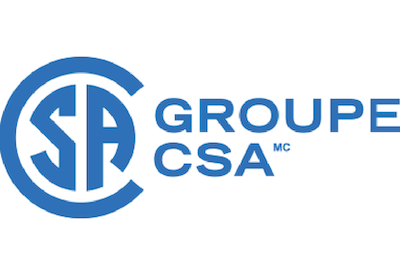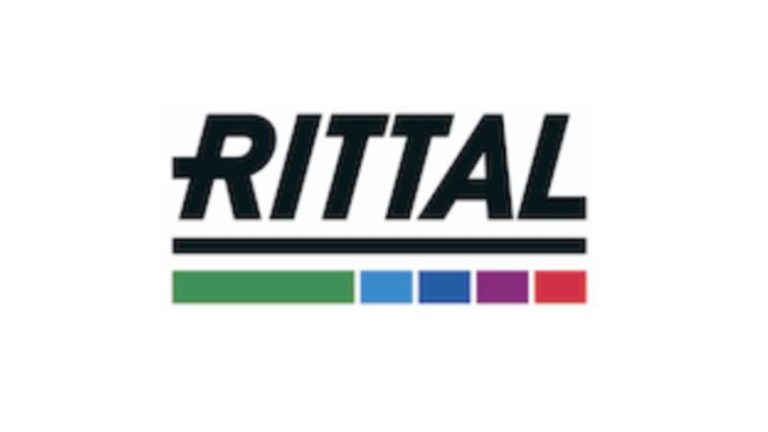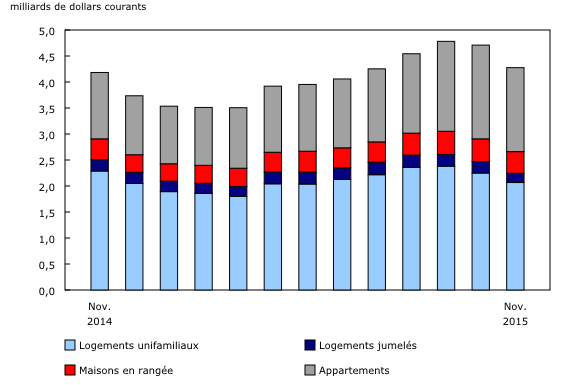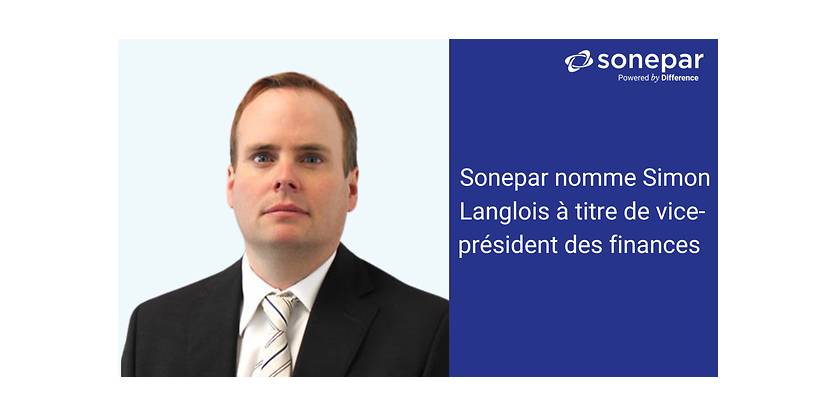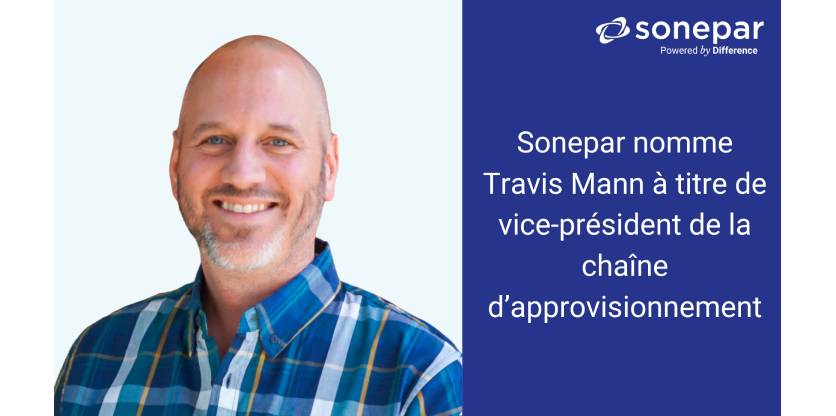Changements à la Section 12 du Code canadien de l’électricité – méthodes de câblage
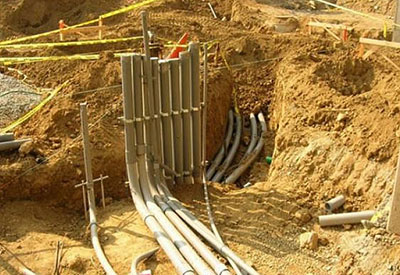
Dans l’optique de rester à l’affût des changements à venir dans l’édition 2015 du Code canadien de l’électricité, section 12, méthodes de câblage, nous observerons des mises à jour importantes aux règlements, aux tableaux fournis en référence, ainsi qu’aux remarques de l’annexe B. Ces changements exigeront des installateurs qu’ils portent une attention particulière au matériel installé, ainsi qu’au marquage correspondant. On constatera que là où il suffisait d’observer les directives d’un seul tableau, il faudra plutôt, avec la publication de l’édition 2015, consulter précisément neuf tableaux. Ce mois-ci, nous allons examiner ces changements et expliquer pourquoi le nombre de tableaux a augmenté.
Les règles 12-510, 12-706, 12-1010, 12-1308 et 12-1504 ont été modifiées afin de permettre l’utilisation d’attaches de câbles approuvées spécialement pour les câbles à gaine non métallique, les câbles à isolant minéral, les câbles à gaine en aluminium et en cuivre, les tubes métalliques flexibles, les tubes flexibles étanches et les tubes électriques non métalliques. Par le passé, les attaches de câbles ont toujours été utilisées pour fixer et stabiliser les câbles et les conduits flexibles. Leur soutien était habituellement assuré par d’autres moyens, comme des chemins de câbles. Ce changement découle de la suppression des exigences touchant les attaches de câbles de la norme CSA C22.2 no 18.5-13, qui sont maintenant intégrées à la norme tripartite UL 62275/CSA C22.2 no 62275-10/NMX-J-623-ANCE-2010. Les attaches de câble seront maintenant marquées selon six différents types, à savoir, 1, 11, 2, 21, 2S et 21S, qui comportent chacun diverses exigences d’approbation, qui seront décrites de façon exhaustive dans les notes de l’annexe B des règles susmentionnées.
La règle 12-516 a été modifiée afin de préciser la formulation relative aux options de protection mécanique pour les câbles à gaine non métallique, installés à proximité de l’extrémité de montants, de solives ou de structures similaires. L’usage précédent consistait à utiliser les extrémités de boîtes à prises comme plaques de protection. Des problèmes sont survenus en raison de cette protection improvisée, puisque la faible épaisseur du métal dans certains cas n’offrait que très peu de protection et, dans la plupart des cas, les parois latérales des boîtes n’étaient pas des surfaces planes, ce qui rendait difficile leur installation et posait problème avec les cloisons sèches. Ce changement est occasionné en raison de l’exigence de la norme C22.2 no 18.4, qui prévoit une épaisseur minimale pour les plaques métalliques de protection et reconnaît l’utilisation de protecteurs cylindriques pouvant être insérés dans l’orifice pour permettre le passage du câble. Les deux options offrent une protection mécanique et doivent être approuvées en fonction de leur usage particulier.
In our continuation with exploring the upcoming changes to the 2015 Edition Canadian Electrical Code (CE Code), Section 12, Wiring Methods, will see some extensive updates to the rules, the tables referenced by those rules and the Appendix B notes to those rules. These changes will require installers to pay more attention to markings and specific equipment being installed. Where one table existed in past edition codes, nine new tables have taken its place. This month we will explore those changes and explain why the numbers of tables have increased.
Rules 12-510, 12-706, 12-1010, 12-1308 and 12-1504 have all been revised to allow for the use of cable ties of a type specifically approved for the purpose as support for
• non-metallic sheathed cable, mineral-insulated cable, aluminum-sheathed cable and copper-sheathed cable
• flexible metal conduit
• liquid-tight flexible conduit
• electrical non-metallic tubing
In the past, cable ties have always been used to secure cables and flexible conduit in place and to maintain its position. Support was usually provided by other means such as cable trays. This change is a result of cable tie requirements being removed from CSA Standard C22.2 No 18.5-13 and now being included in the tri-nationally harmonized standard UL 62275/CSA C22.2 No. 62275-10/NMX-J-623-ANCE-2010.
Cable ties will now be marked to recognize six different types. These types 1, 11, 2, 21, 2S and 21S, all have varying degrees of approval which will be described in their entirety within the Appendix B Notes to the above rules.
Rule 12-516 has been revised to provide specific wording to the options of providing mechanical protection for non-metallic sheathed cables that are run too close to the edges of studs, joists or similar members. Previous practice was to use the sides of outlet boxes as protector plates. Problems arose with this makeshift protection as the thickness of the metal in some cases offered very little protection and in most cases the sides of boxes were not flat, making them hard to install and creating issues with the drywall. This change comes about as Standard C22.2 No. 18.4 mandates minimum thickness of metal for protector plates and recognizes the use of cylindrical protectors that can be inserted into the hole for the cable to pass through. Both options offer mechanical protection and must be approved for the specific purpose.
Rule 12-610 has been rewritten to allow for the inner jacket of an armoured cable to provide protection for the conductors when they emerge from the armour. This provision is conditional to the actual inner jacket extending at least 5mm from the armour. It should be noted that the paper or plastic wrap around the cable conductors directly under the armour of an armoured cable is not considered an inner jacket. Therefore, an “anti-short” bushing would still be required in these cases.
A new rule will be included within the 12-900 Series of Rules, which cover the General requirements for Raceways. This rule will be virtually identical in wording to that of Rule 12-1014, which appears in the 2012 version CE Code with additional references to Tables 9A through 9J and here’s why. In reviewing the standards for conduit and tubing (9 standards for 11 different raceways) it was found that not all standards had the same requirements for the minimum internal diameter. As an example, for a nominal size raceway of 21 mm (3/4 inch) it was found that the standards involved mandated a range of internal diameter sizes from 18.69 mm as the smallest (Rigid RTRC conduit Type ID) to 22.61 mm as the largest (Rigid RTRC conduit Type IPS), with several sizes in between. Differences were found in all nominal sizes of conduit and tubing. Size differences can obviously affect the number of conductors that may be drawn into a raceway and still maintain the appropriate percentage of conduit file.
Therefore, Table 9 will be replaced with Tables 9A through 9J and provide cross-sectional areas of conduit and tubing for the following raceways:
• Rigid metal conduit
• Flexible metal conduit
• Rigid PVC conduit
• Rigid Types EB1 PVC conduit
• Rigid Types DB2/ES2 PVC conduit
• Rigid RTRC conduit Type IPS
• Rigid RTRC conduit Type ID
• Metallic Liquid-tight flexible conduit
• Non-metallic Liquid-tight flexible conduit
• Electrical metallic tubing
• Electrical non-metallic tubing
Table 6 for maximum number of conductors of one size which can be installed in trade sizes of conduit or tubing has also been split up to become Tables 6A through 6K. While the original Table 6 was 9 pages long, this change will have 9 tables each on their own page for ease of reference. It should be noted that Tables 6A through 6K are all based on the raceways selected from Tables 9A through 9J with the smallest cross sectional area; therefore, it may be permissible to exceed the values shown in Table 6A through 6K by installing the same trade size raceway with different internal diameter dimensions. Finally, it should be noted that because of this new rule in the 12-900 series, Rule 12-1014 will be reduced to a simple statement to reference this new rule as well as any other rule in Section 12 that previously referenced 12-1014.
A new rule will also be added to the requirements of Rigid PVC Conduit which will permit the use of split straight conduit to repair damaged portions of raceways. This new rule will add prescriptive requirements very much in line with what is presently called for in Rule 12-1164 for Rigid types EB1 and DB2/ES2 PVC conduit. These prescriptive requirements are necessary as split straight conduit repair kits, which are available on the market, are not certified for Canada because the product standards presently do not include requirements for split straight conduit. As the standards become revised to include split straight conduit, requirements proposals will be made to remove the prescriptive statements in this new rule as well as in existing Rule 12-1164.
Rules 12-1200, 12-1202 and 12-1216 have been adjusted to include extra heavy wall RTRC conduit, Type XW. This designation of Reinforced Thermosetting Resin Conduit (RTRC) will provide correlation with the current National Electrical Code (NEC) and allow RTRC Type XW to be installed in specified hazardous locations similar to those permitted in the NEC.
The heading to Rule 12-1302 has been clarified to include metal and non-metallic liquid tight flexible conduit, which are both covered by the requirements of this rule. (I believe it was understood by industry that both metal and non-metallic types were implied if neither type was previously identified.) A subrule 4 was also added to 12-1302 to allow liquid-tight flexible conduit to be used for direct burial in accordance with Rule 12-012 where it was specifically approved for the purpose and marked accordingly. This change now correlates the requirements of liquid-tight flexible metal and non-metallic conduit in the CE Code with the similar provisions of the NEC.
Other changes to Section 12 include adjustments to Rule 12-1402 whereby the use and exceptions for Electrical Metallic Tubing (EMT) has been split into two rules. Also wet location type connectors are being specified as opposed to rain-tight, which matches the requirements of the standard. Bonding conductors are now required in all runs of EMT installed in concrete or masonry slabs in contact with the earth, EMT installed in wet locations, or EMT installed in outdoor locations. Additionally, Rule 12-2252 will see the use of Cablebus defined as either Class A or Class B with the deciding factor on which to use being whether it’s accessible to the public or just authorized persons and a few minor adjustments to the rules associated with outlet boxes.
These changes to wiring method will affect code users with most installations. Having a good understanding of the changes and the additional table will be key.
Next month’s article will be a continuation of the review of changes expected in the 2015 edition CE Code. As always, installers should refer to provincial and territorial legislation to determine when these requirements will be enforced. While publication of the 2015 CE Code will take place in early January, it could be several months before these requirements become mandatory.
Pierre McDonald, CET, is Senior Regulatory Affairs Representative/Répresentant Principal, Affaires Réglementaires, Underwriters Laboratories of Canada Inc. Based in St. Albert, AB, Pierre has been a member of the Canadian Electrical Code Part 1 technical committee as well as several subcommittees including serving as Chair of Sections 6 and 76 and as a member representing regulators on several other CSA committees. Pierre is still active with code development and interpretation.


